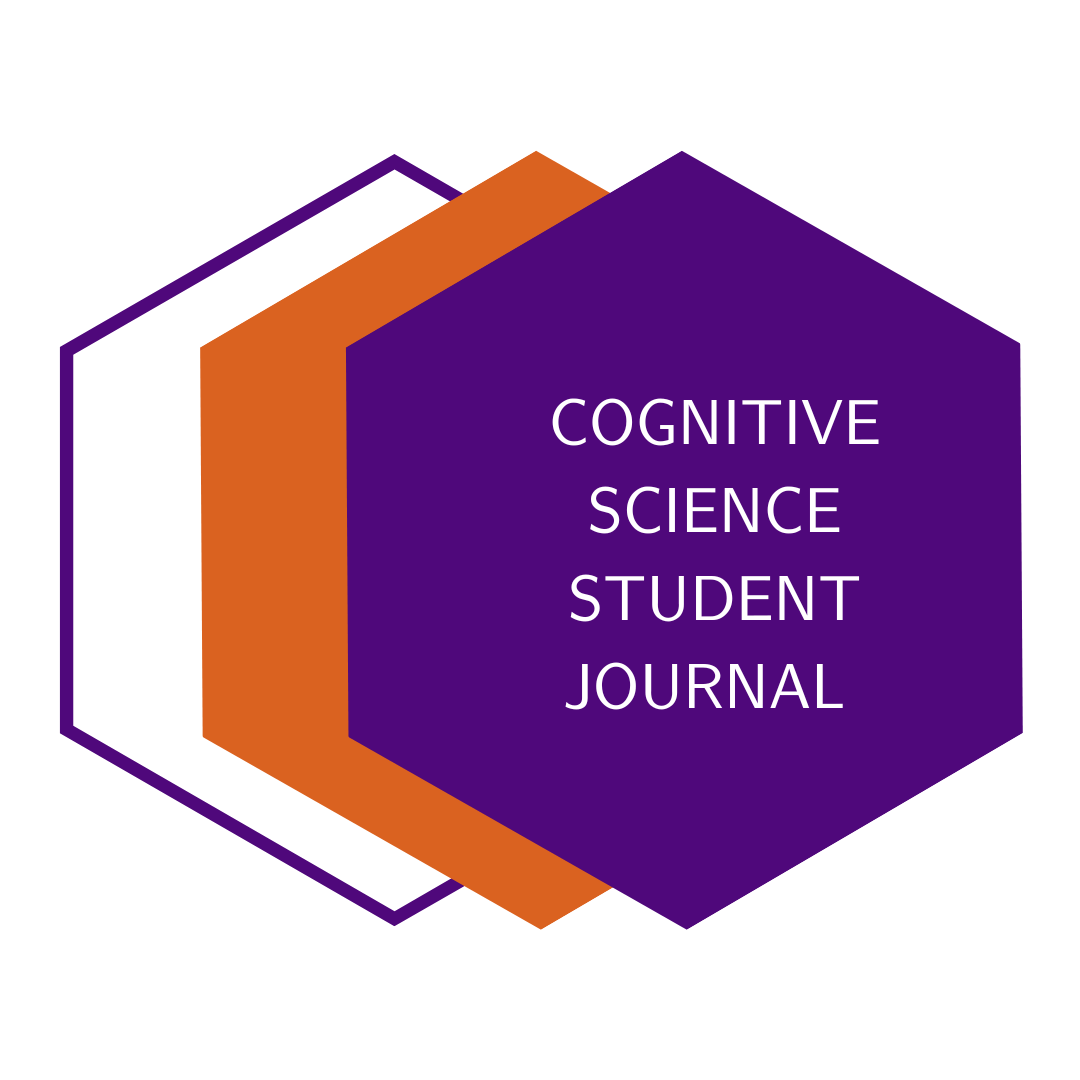
Join us in our conversation on well-being. We explore how well-being is measured and what we can do ourselves in order to improve our well-being.
Licensed under CC-BY-SA 4.0 Cognitive Science Student Journal, Osnabrück University
Mentioned papers and articles:
24 character strengths: https://www.viacharacter.org/
eudaimonic and subjective well-being: Martela, F., & Sheldon, K. M. (2019). Clarifying the concept of well-Being: Psychological need satisfaction as the common core connecting eudaimonic and subjective well-being
paper pie chart:
- Sonja Lyubomirsky and Kennon M. Sheldon, (2005), Pursuing Happiness: The Architecture of Sustainable Change
- Kennon M. Sheldon & Sonja Lyubomirsky, 2021, Revisiting the Sustainable Happiness Model and Pie Chart: Can Happiness Be Successfully Pursued?
measurement of subjective well-being: Diener, E. (2007). Guidelines for national indicators of subjective well-Being and ill-Being.
Credits:
Produced by: Sophie Kühne and Alina Ohnesorge
Logo by: Annika Richter
Music by: Jan-Luca Schröder
